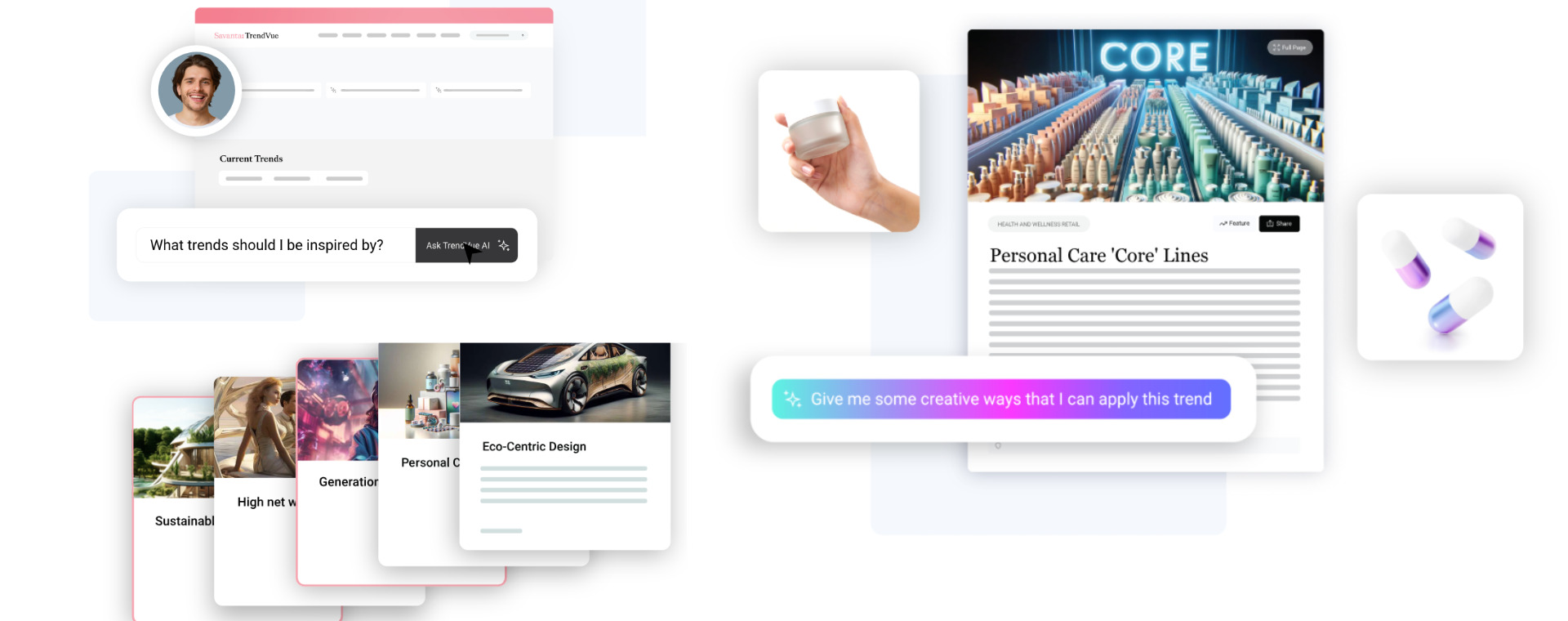
If there is anyone in the sector still working with a pre-2020 segmentation, can they really have confidence that their segmentation is fit for purpose right here and now?
Customer segmentations have been around for a long time. Over the years, pretty much every customer-driven business will have developed at least one segmentation to help them get closer to their existing customers and, indeed, their prospects. Many businesses would have developed various iterations for different business needs and then refreshed their segments umpteen times.
Constantly updating a segmentation and then embedding it throughout a business is an expensive and time-consuming exercise but it’s often the right thing to do – consumer preferences, attitudes and behaviours are constantly changing. And none of us needs reminding of the cataclysmic events of the past three years – Covid and the cost of living crisis has really shaken things up. It’s no wonder that many businesses have been looking at their segmentations yet again.
Those operating in the Travel & Transport industry are no exception. Customer (passenger) segmentations have been used extensively by many operators for various purposes. Of course, these segmentations can differ greatly. A lot will depend on the ultimate purpose of the segmentation and, therefore, which factors are important. The data available is also a key determinant. For instance, the information held by airlines on their passengers is going to differ massively from that held by bus and rail operators where walk-up fares are common.
Whatever their makeup, one thing is likely to be true; no segmentations would have been designed with a global pandemic in mind. And the effects of the cost of living crisis cannot be ignored either. If there is anyone in the Travel & Transport sector still working with a pre-2020 segmentation, can they really have confidence that their segmentation is fit for purpose right here and now?
New factors in play
The ‘factor groups’ used to differentiate segments in the Travel & Transport industry have traditionally been similar to those used across other sectors. For example:
- Demographics – age, gender, ethnicity, location (geographic and urban vs rural)
- Socio-economic – income, occupation, education
- Needs and Attitudes – general attitudes to travel and transport, dictated by lifestyle, personal beliefs etc.
- Behavioural – frequency of travel, journey purpose, journey lengths/destinations, travel companions
Some segmentations will rely heavily on one group or another, others will incorporate a mix. Behavioural factors have often been dominant. The rail industry, for instance, still utilises segments that are characterised by use cases i.e. Business / Commuter / Leisure.
What is clear is that the events of recent years will have had a substantial effect on every segmentation. It seems obvious that, if not updated already, many segmentations will need a substantial refresh and, in some cases, a complete re-think. This may not be the case if your segmentation is based on demographic and/ or socio-economic factors; however, if this is the case, you probably should be thinking about updating it anyway.
What should you be doing?
So, what should Travel & Transport operators be thinking about right now? Our article on creating a commercially successful segmentation points out that the trick to every successful segmentation is to start at the end. Or, in other words, be very clear about what the segmentation will be predominantly used for.
In terms of research, a sensible first step is to speak to your customers to help build a list of factors that could differentiate segments in the here and now. New behaviours and attitudes will, of course, sit alongside more traditional factors that will still be relevant. Personal finances are related to economic conditions and are clearly a factor when it comes to the tourism sector and international travel. Other demographic factors, such as age and ethnicity, may still be key differentiators due to the different levels of risks identified for sub-groups within our society.
Act now
In the introduction to this article, it was mentioned that many companies would have already refreshed their segmentations on numerous occasions over the years. If you have not refreshed your segmentation for several years, what we are recommending here could be the most important refresh of all, resulting in a very different set of segments from those you currently have.
Alternatively, those organisations that did act to update their customer understanding as we first emerged from the height of lockdown may also need to consider a refresh. Are more traditional (pre-Covid) segments re-emerging or are some things changed forever?
Yes, Savanta is an agency that specialises in and makes money from (amongst other things) creating actionable segmentations for our customers. So, of course, this sounds self-serving. But no one can deny that the last few years have seen unprecedented change and so updating your customer understanding through effective segmentation has never been so important.





